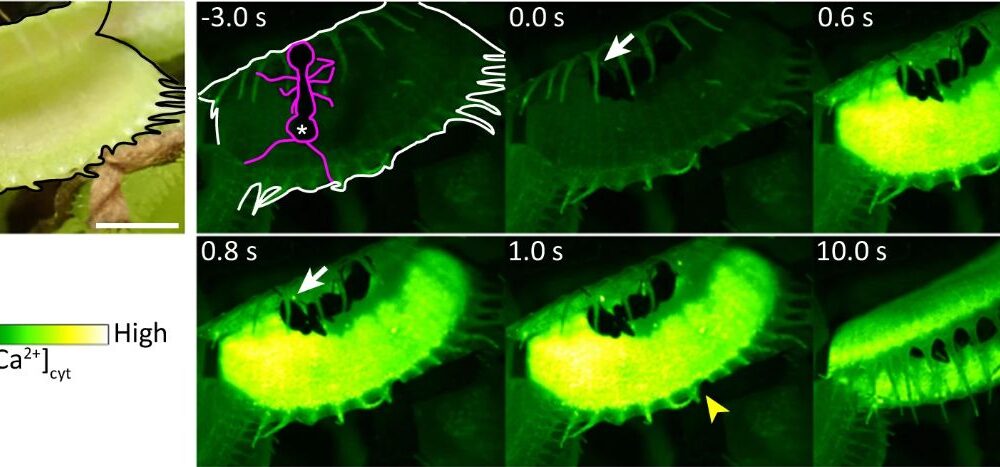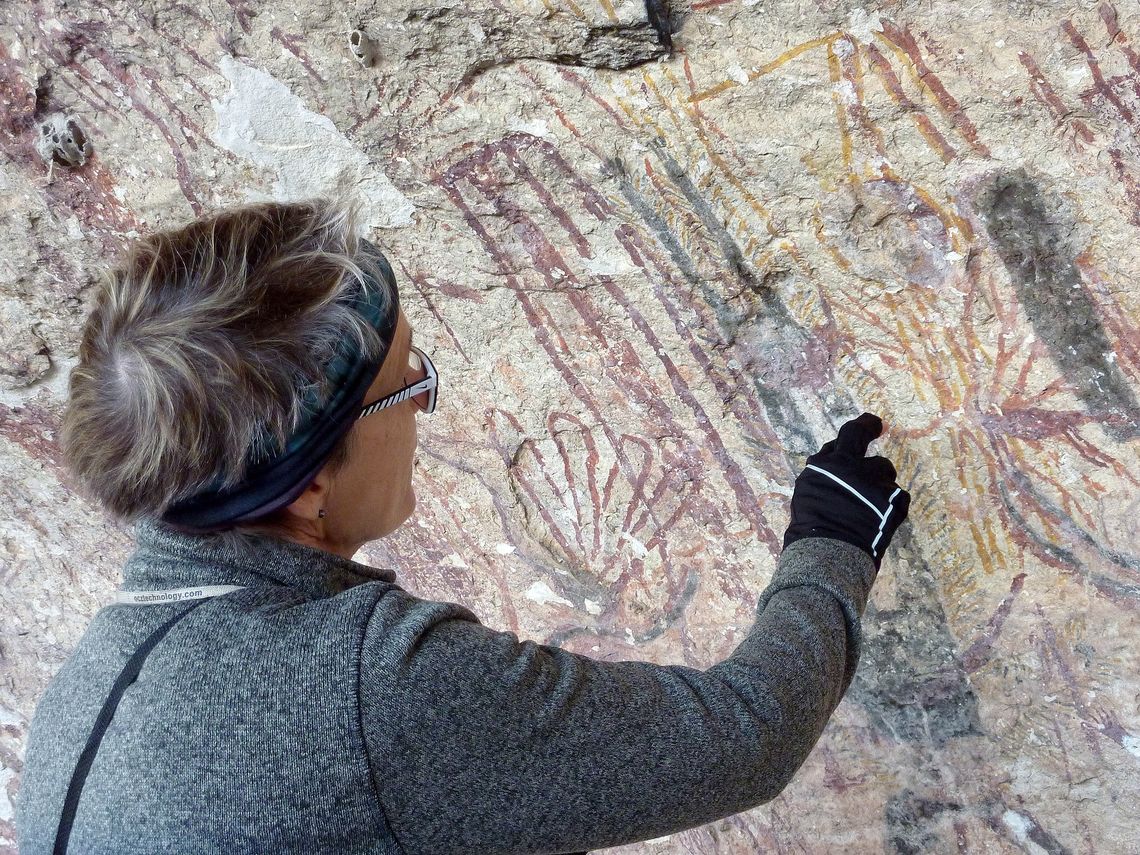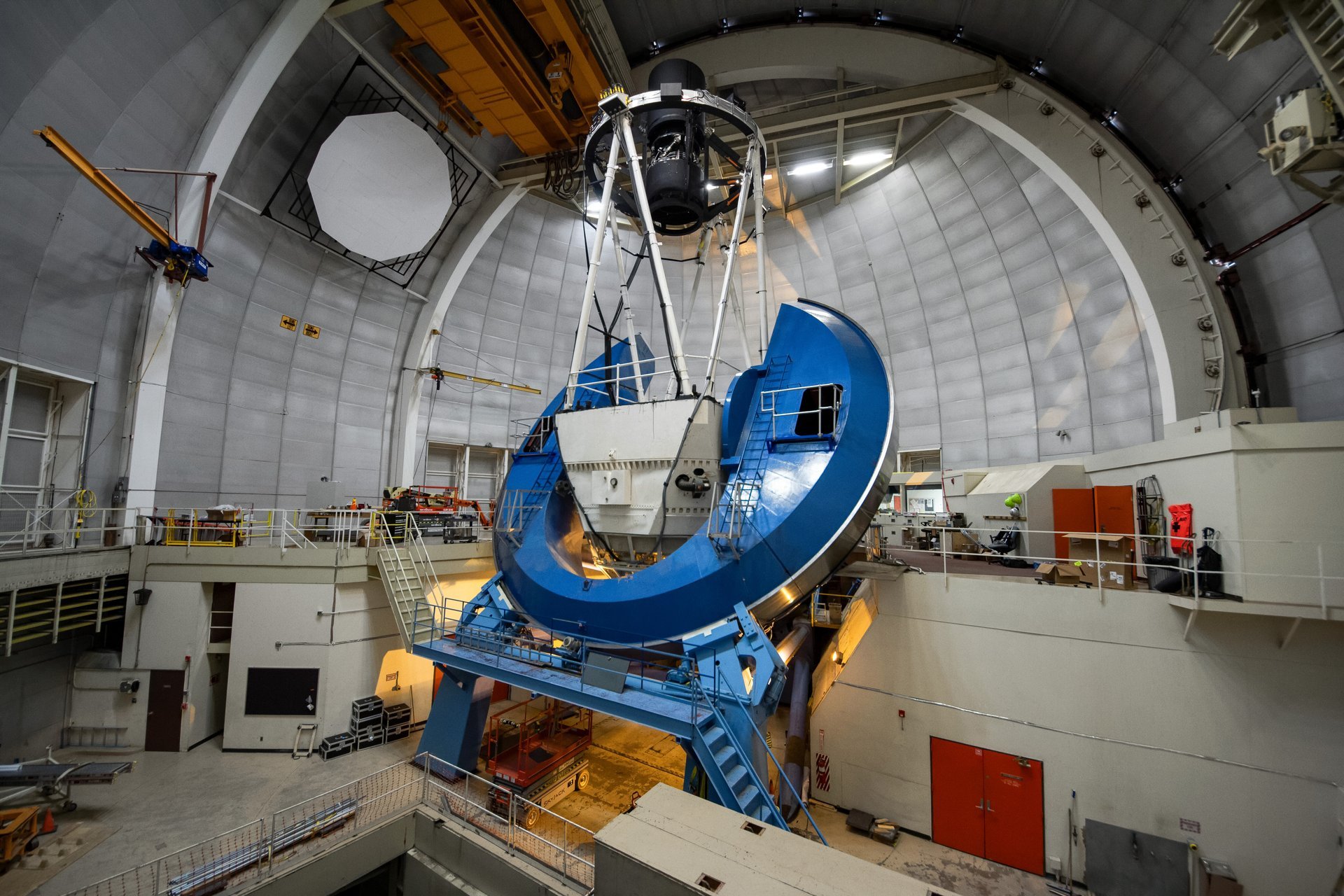Research has unveiled critical insights into the mechanism that enables the Venus flytrap, or Dionaea muscipula, to swiftly capture its prey. A study published in Nature Communications by a team led by Hiraku Suda identifies a mechanosensor known as DmMSL10 as central to the plant’s rapid response to tactile stimuli.
The Venus flytrap employs a sophisticated structure in its leaves, equipped with sensitive hairs that react to touch. When these hairs are stimulated, they trigger a release of calcium ions, initiating the plant’s famous snapping action. While the involvement of calcium in this process was previously recognized, the precise mechanism remained unclear until now.
Understanding the Mechanosensor’s Role
The study reveals that the absence of the DmMSL10 mechanosensor significantly affects the plant’s ability to process touch. Researchers created a variant of the flytrap lacking this chloride ion channel to investigate its role. The results showed that while both the wild-type and the knockout variant experienced calcium release upon stimulation, the knockout variant generated action potentials at a markedly lower rate.
In practical terms, this means that the knockout plants failed to respond effectively to light touch, demonstrating that DmMSL10 is essential for detecting slight movements that indicate the presence of prey. To further illustrate this, researchers conducted experiments allowing ants to wander on the leaves of both wild-type and knockout plants. The wild-type trap successfully captured the first ant, while the knockout variant failed to react even after multiple ants had traversed its surface.
Implications for Future Research
These findings not only clarify the function of DmMSL10 but also enhance our understanding of how these unique plants have evolved mechanisms similar to those found in animals. The ability to generate calcium signals over long distances is crucial for the Venus flytrap’s survival, allowing it to secure protein-rich prey in nutrient-poor environments.
As research continues, scientists aim to explore the evolutionary pathways that have led to the development of such complex sensory mechanisms in both plants and animals. This study marks a significant step forward in the field of plant biology, offering potential insights into the broader implications of mechanosensation across different species.
The work of Hiraku Suda and colleagues provides a compelling glimpse into the intricate world of carnivorous plants, showcasing the delicate interplay of biology that enables these fascinating organisms to thrive.







